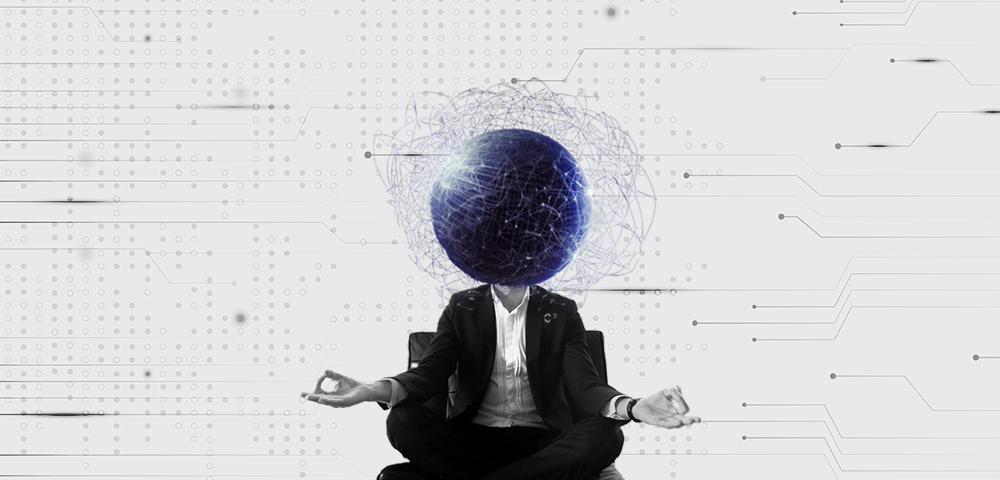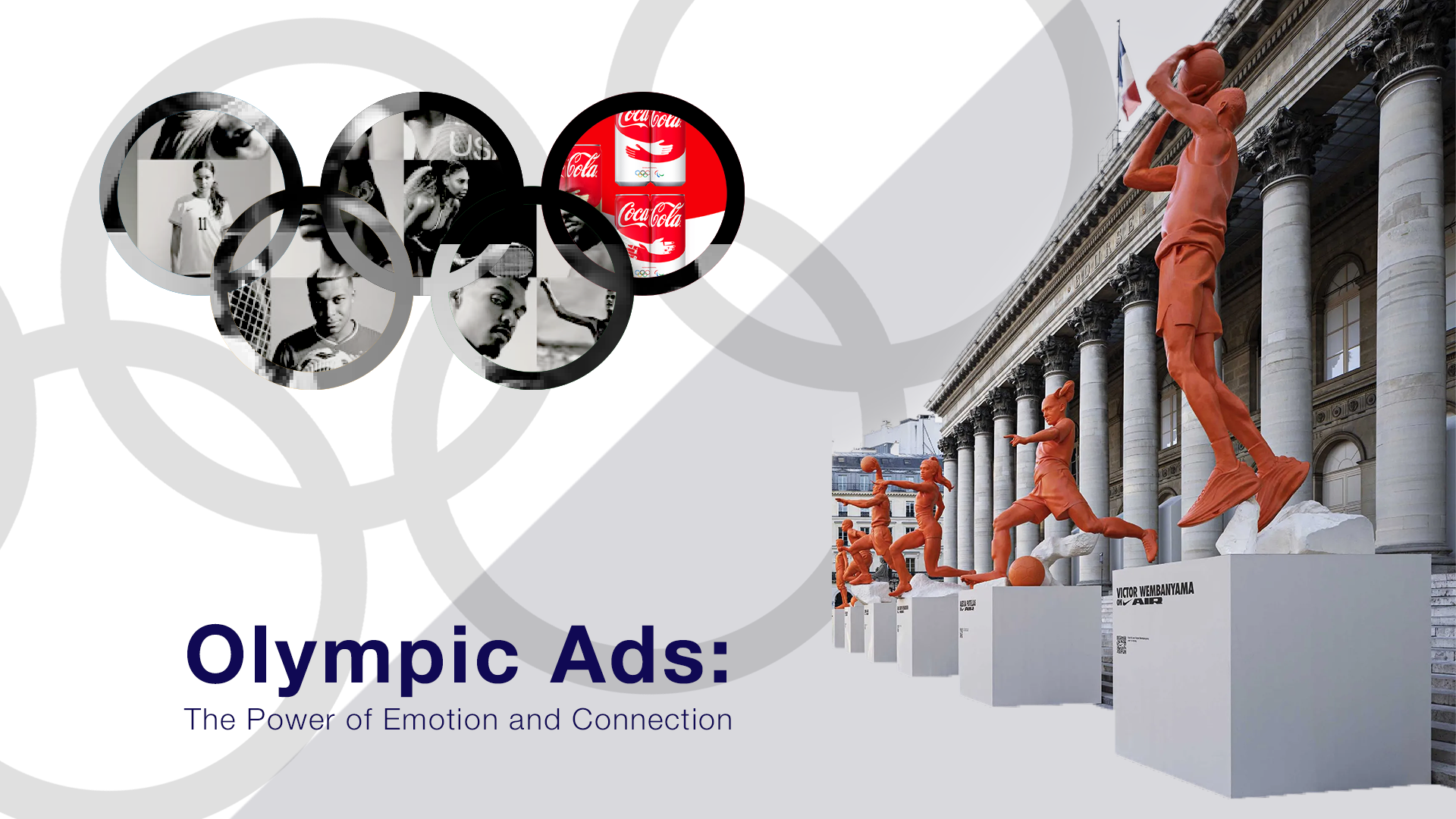As the world increasingly transitions to a digital landscape, businesses are compelled to adapt, evolve, and navigate a rapidly changing environment. This raises a critical question: "Are you drinking the water or riding the wave?" This metaphor highlights a crucial decision that organizations must confront: to manage only immediate changes—the water—or to actively lead and influence these changes—the wave. The latter represents a proactive approach that is vital for survival in a complex and competitive digital ecosystem. Traditional management strategies are progressively inadequate for this challenge, rendering digital leadership and innovative thinking essential for success.
Digital Leadership: Managing Transformation at the Speed of Change
The cornerstone of any successful digital transformation is effective digital leadership. Leaders in forward-thinking companies do not merely respond to trends; they proactively manage them. According to James McGregor Burns' theory of transformational leadership, these leaders possess the ability to inspire their teams and unify them around a shared vision. They cultivate an environment where continuous learning and adaptation are integral to their organizational culture. Leaders who effectively navigate digital transformation actively engage with emerging technologies, support their teams in addressing various technological challenges, and seize opportunities for innovation.
Consider Microsoft's transformation under Satya Nadella. When Nadella became CEO in 2014, the company found itself at a pivotal juncture. In the personal computer sector, the once-preeminent tech giant had fallen behind in critical areas such as cloud computing and mobile technology. The company's focus remained on its traditional products—Windows and Office. However, Nadella articulated a clear vision to position Microsoft as a leader in cloud computing and artificial intelligence (AI), thereby redefining the company's role within the swiftly evolving technology sector.
Under Nadella's leadership, Microsoft's strategy has undergone a significant transformation, with a robust emphasis on cloud computing through Azure. Azure has experienced remarkable growth, establishing itself as a formidable competitor to Amazon Web Services (AWS), which plays a crucial role in Microsoft's long-term objectives. Additionally, Nadella has championed AI as a transformative force, highlighting the Azure AI platform and cognitive services as essential solutions for businesses seeking to enhance operations and customer experience.
These strategic shifts exemplify how digital leadership can redefine a company's strategic focus, rendering it more innovative and competitive.
Nadella's transformation of Microsoft extended beyond technological advancements; he spearheaded profound cultural and organizational changes within Microsoft. These key initiatives included:
Promoting a Growth Mindset: Nadella introduced the concept of a “growth mindset,” emphasizing continuous learning and improvement. This cultural shift was reflected in Microsoft’s approach to innovation, encouraging employees to experiment, learn from failures, and remain open to new possibilities.
Breaking Down Silos: Nadella fostered a culture of collaboration, breaking down the siloed structure of Microsoft. Cross-functional teams became more integrated, facilitating the company’s rapid adoption of AI and cloud technologies.
These cultural shifts not only support technological advancements but also lay the foundation for long-term innovation. Organizations planning for digital transformation must recognize that leadership alone is insufficient; the mindset of the entire organization plays a critical role.
Digital Mindset: The Catalyst for Transformation
Beyond leadership, the mindset of the entire organization is vital to successful digital transformation. A McKinsey study confirms that organizations with cultures focused on adaptability, continuous learning, and rapid response are more successful in digital ventures. This reflects the importance of fostering a "digital mindset," a concept that aligns with Carol Dweck's "growth mindset" theory. A digital mindset is characterized by the willingness to embrace challenges, learn from failures, and continually adapt.
Incorporating a digital mindset involves several key components:
-
Continuous Learning and Adaptation: Digital organizations prioritize ongoing learning, ensuring employees stay informed on the latest trends and immediately apply new insights.
-
Agility: To succeed in digital transformation, organizations must be agile, adapting quickly to new technologies and market shifts.
-
Innovative Thinking: Encouraging creative problem-solving and experimentation is central to fostering a digital mindset.
-
Cross-Functional Collaboration: Breaking down silos and enhancing digital collaboration across departments are essential for driving innovation.
A Deloitte report shows that businesses fostering a digital mindset experience a 40% increase in employee productivity and innovation. This powerful statistic demonstrates that cultivating a proactive, innovative culture can yield tangible improvements in organizational performance.
Assessing Digital Readiness: The Digital Barometer
Evaluating the digital mindset is a critical component of assessing an organization's digital readiness. This evaluation determines whether employees and leaders are prepared to embrace the rapid pace of digital transformation or if traditional, risk-averse attitudes are impeding progress. This begs the question: how can companies measure their organization's digital mindset and leadership readiness for the digital age?
At ACT, we have developed a comprehensive tool known as the Digital Barometer, designed to assess an organization's Digital Leadership and Mindset. The Digital Barometer evaluates how effectively teams utilize digital tools for information gathering, collaboration, problem-solving, and ensuring security. Additionally, it assesses the organization's openness to digital innovation. Through this holistic analysis, the tool assists organizations in identifying their strengths as well as areas requiring further development.
A digital mindset assessment determines whether employees and leaders are ready to adopt new ways of thinking, learning, and working. It uncovers whether an organization is prepared to embrace the swift pace of digital change or is hindered by traditional, risk-averse attitudes. This assessment can also highlight areas where additional training or cultural shifts may be necessary to align with the organization’s digital goals.
Ultimately, success in the digital age demands more than merely adopting new tools—it necessitates visionary leadership supported by human capital and a commitment to development. By continuously evaluating and enhancing these elements, organizations can not only navigate the challenges posed by technological change but also leverage them as opportunities for innovation and growth.






